#reminds me of how we view history... get 1000 year distance and more and historic events aren't presented with idk emotional heaviness?
Explore tagged Tumblr posts
Text
i loved playing roadwarden...
#man. a long time ago i was thinking abt. what if there was a fantasy game that was set in a super hostile setting and culture was oral#also was thinking abt 'pre-industrial' type technology setting...#abt land that is hard to traverse and thus settlements are rather isolated#and anyway there was so much of my personal interests here...#also it was so lowkey. yet the stakes were crushingly high.#reminds me of how we view history... get 1000 year distance and more and historic events aren't presented with idk emotional heaviness?#like basically. here you read story abt conquest and assimilation but on a small scale#anyway got shy abt lose thoughts so it's only in the tags.
2 notes
·
View notes
Text
Port, Porto and Zen in Portugal
Portugal to us meant blue ceramic, port wine, custard pies, sea food and the forgotten Europe on the Iberian peninsula. Most all of that is true and more...the quaint little towns, the winding streets with cobbled stones, port wine every where and the now ubiquitous pick-pockets. We visited many towns & cities and will go back again for a longer visit. Until then these pictures will remind us why Portugal is a lovely country.
Porto
In what is considered the north of the country, Porto sits on the estuary that connects the Douro river to the Atlantic. It is a delightful city that has learnt to combine the large city with the small town vibe. A city that is easily traversed by walking the narrow & steep cobbled streets and by plenty of easy public transportation like the trams.
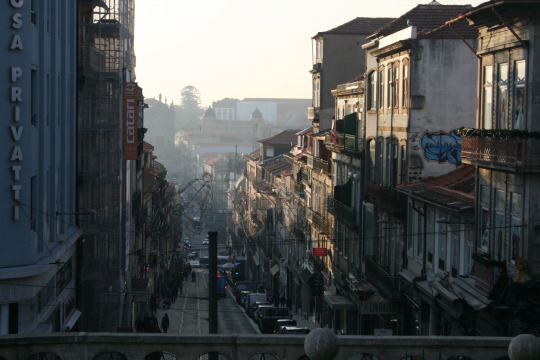


Praça da Batalha
Porto like many European cities has an abundance of squares; large ones are called "Praca" and the smaller ones are called "Largo".
& Cafe's aplenty. Cafe Majestic apparently dates back to 1921 under the name of Elite
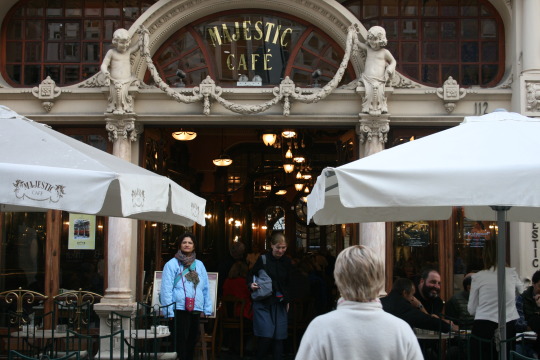
& is conveniently located on Catherine which is a pedestrian street.

The ceramics are plenty & everywhere, on the walls, on the tables, in the kitchen and they are so brightly set telling historic tales or reflecting contemporary symbols. They appear on church walls...


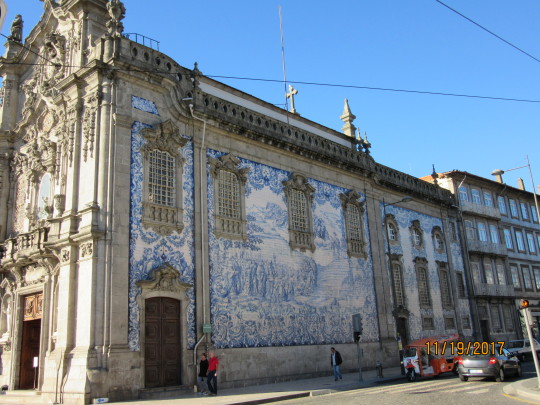
...cutting boards....

...they adorn their railway stations at São Bento

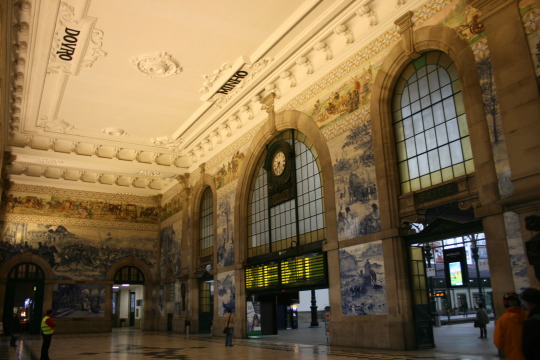

...to homes


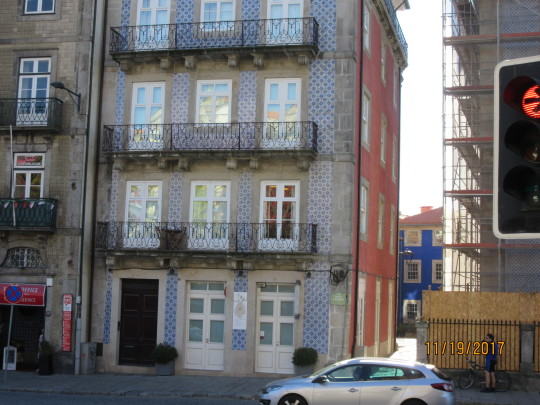
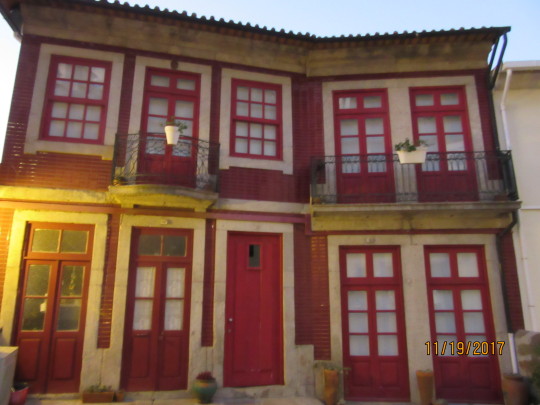

The city is built on the Duoro river and so the river forms an important part of their lives.


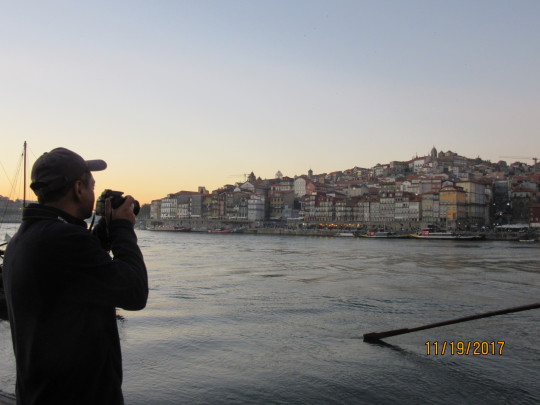


...they live here..


...party here

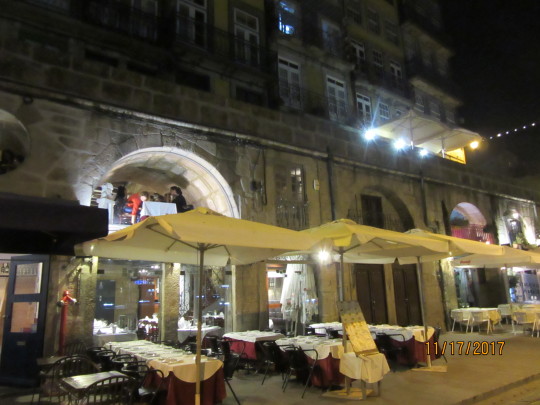
& plenty of transportation..with libations

..& without
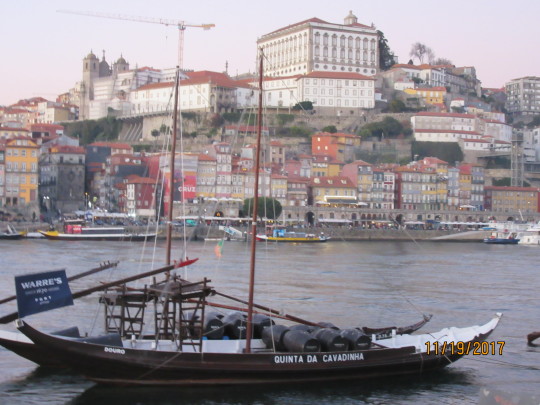
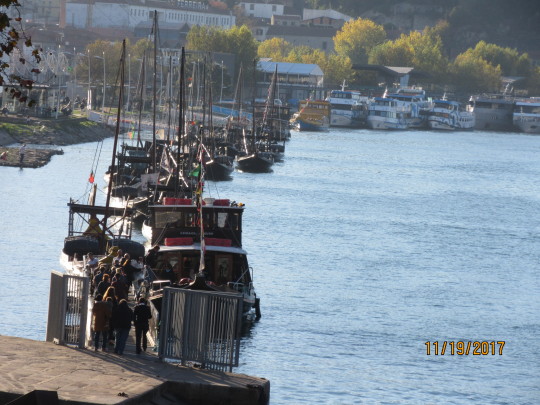
Given the history of Portugal, Porto certainly has its share of churches in town starting with the most famous Clérigos & its Tower.


...San Francisco
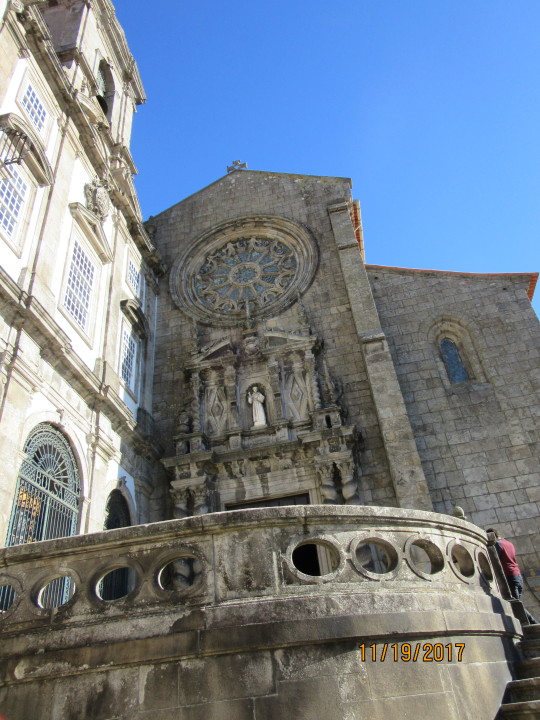


Carmelitas and Carmo
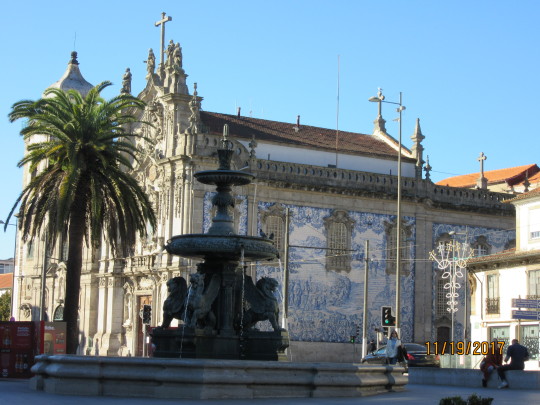
The city’s character outside of being the founding region of the delicious Port wine, is made of wide boulevards...
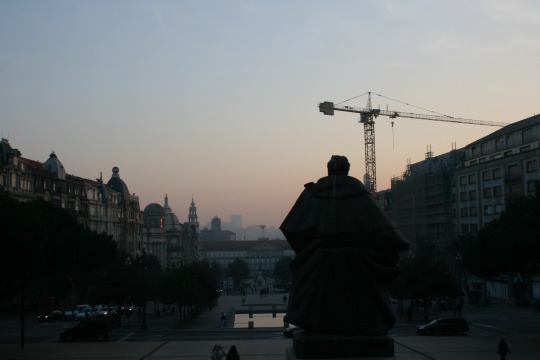
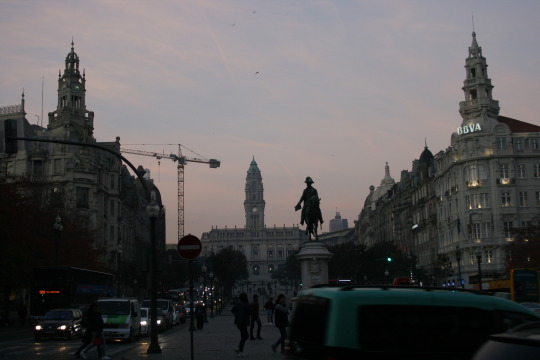
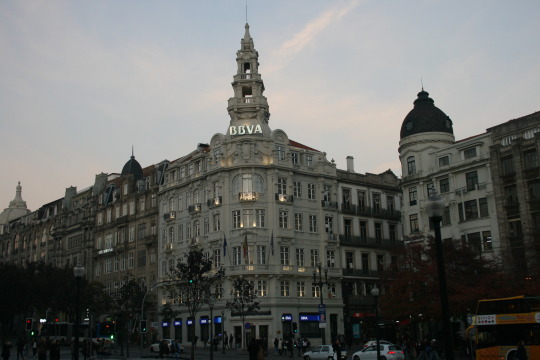
...steep and winding streets

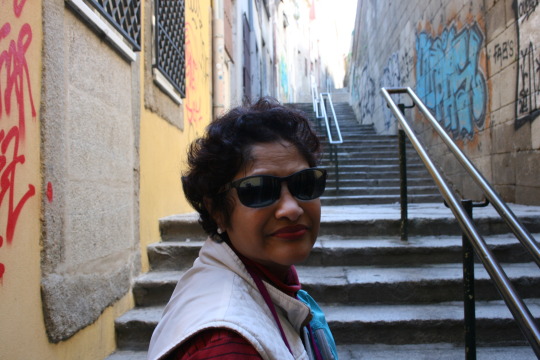
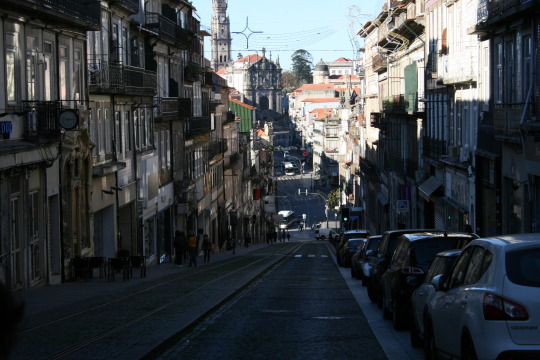
...and old streets with cobble stones and fading facades.


Food in Porto was reasonable but little underwhelming for a Mediterranean country. The Francesinha thought a local Porto dish is interesting and quite tasty...essentially a cheese, meat and sausage sandwich doused in Port sauce.

In addition Portugal has many Michelin star restaurants with a couple in Porto. Our experience at the Yeatman was OK with some interesting dishes.




Guimarães
This is a sleepy little township an hour north east of Porto, easily accessed by train. Its claim to fame is its preservation as a bridge between medieval Europe and the modern. Some also consider it to be the birthplace of Portugal because Afonso Henriques, who went on to be the first king of Portugal, was born here

View from Nossa Senhora da Consolação e dos Santos Passos Church
The main attractions include the 10th century fortress which is typical of any 1000 yr structure that is reasonably preserved...not much to see!

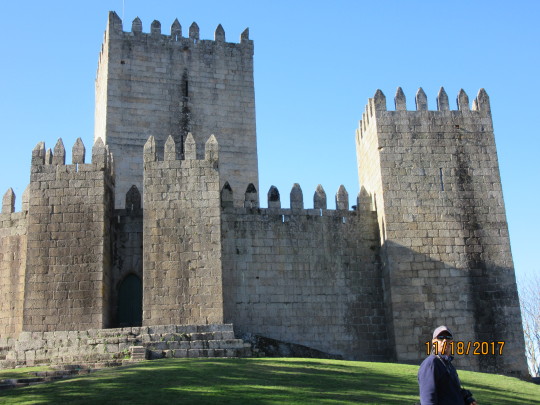


Still some pretty views from the castle accentuated by the lovely fall colors.



the tourists!
...the Palace of the Dukes of Bragança

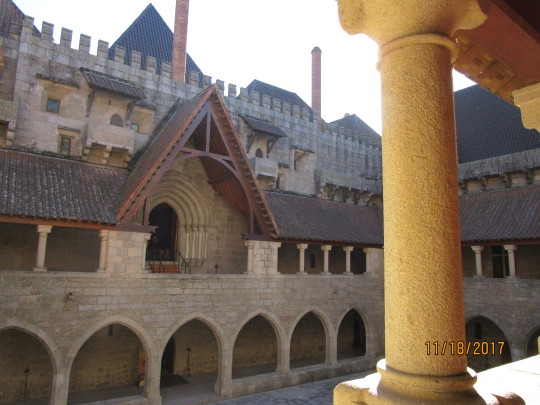
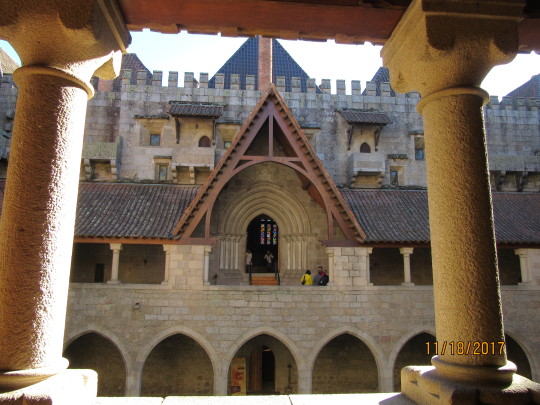


The old city is typical of most old fortified European towns.


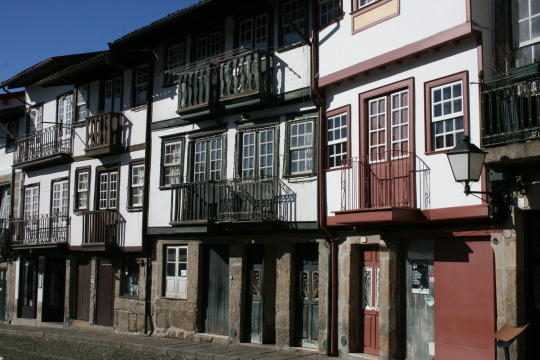

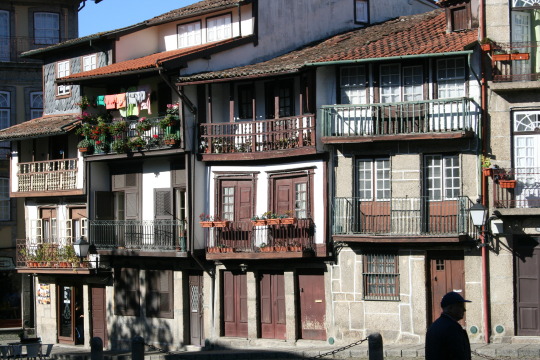
The calmness of the town was one that we enjoyed very much and hope these pictures capture it.


Braga
About 30 minutes by bus from Guimaraes gets you to this quaint but energetic little gem you could easily miss. The whole reason we went was in search of this 14th century hill top sanctuary outside of town called Bom Jesus do Monte.

Its a little bit of a hike from where the local transport drops you off if you choose not to catch the funicular.


Along the hike there are chapels that have depictions of the Passion of Christ
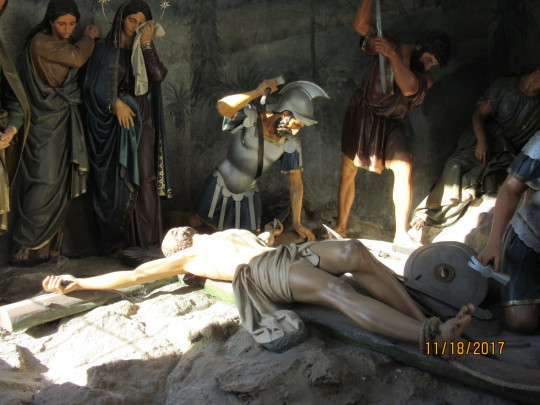
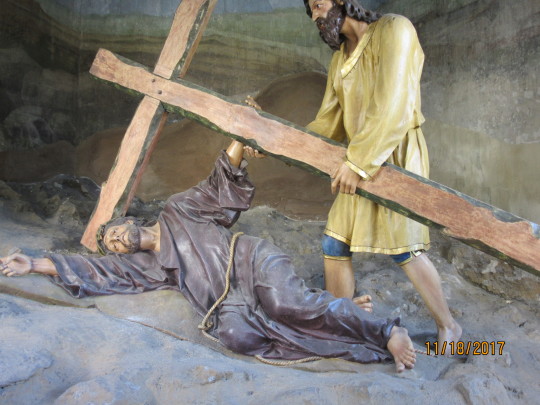

The hike breaks up at a point where the approximately 600 sacred steps begin...



...until we reach the chapel on the top.

But really the views from the top are pretty cool.

Back in main town of Braga, life is full of energy in the town square


in case we forget where we were!


Douro Valley
enough said?

Well, the valley is formed by the third largest river, Duoro, in the Iberian Peninsula, which runs for eight hundred and ninety seven kilometers from the Spanish town of Duruelo de la Sierra to Porto. But more importantly for me this is the home of the first great wine regions of the world, that started growing grapes and making wine for the Romans back in the “BC’s”

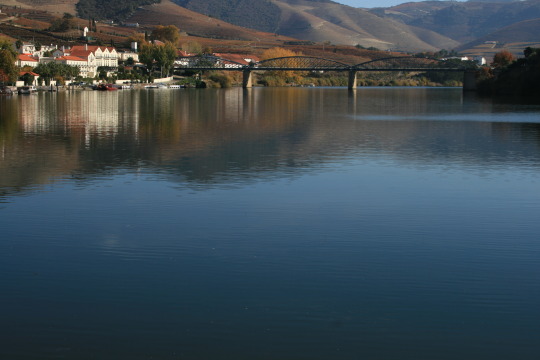

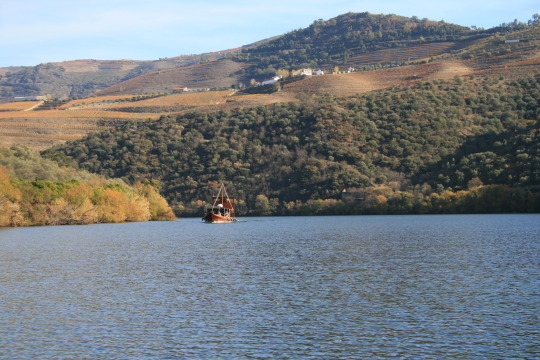
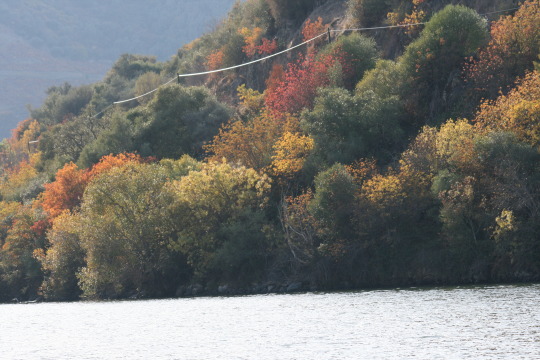
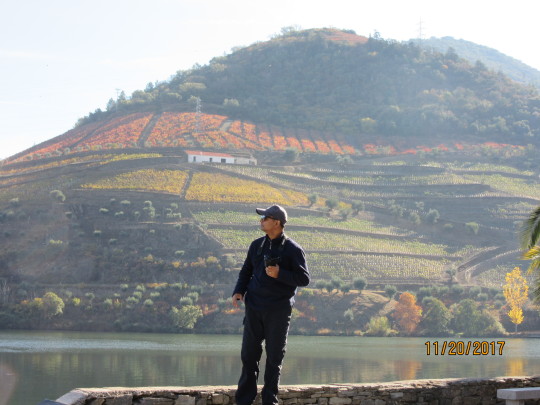


The valley is home to many famous “Quinta’s” or estates that grow grapes and make Port. Port is nothing but wine mixed with Brandy at the right temperature...really the best of both worlds.
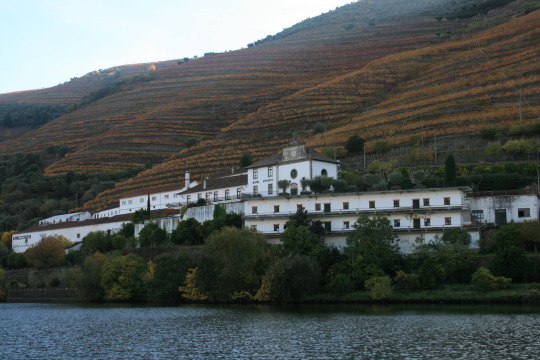


They are aged in big and small barrel’s, just like wines
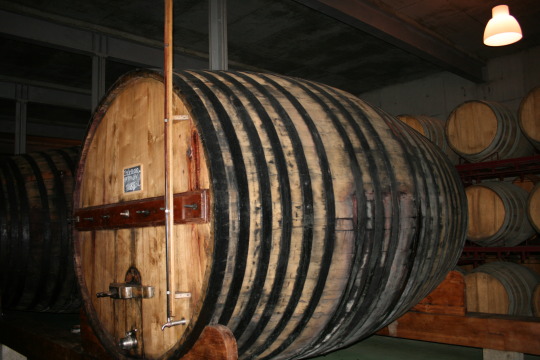
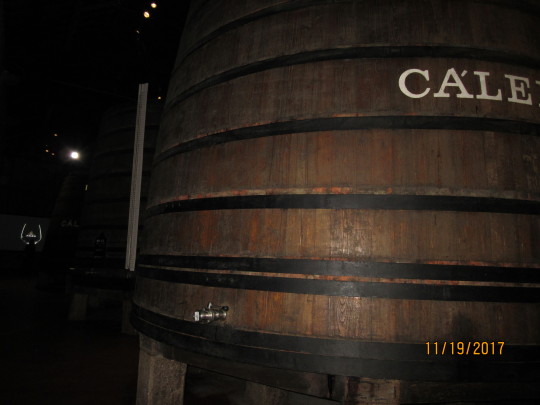
& come in both red & white
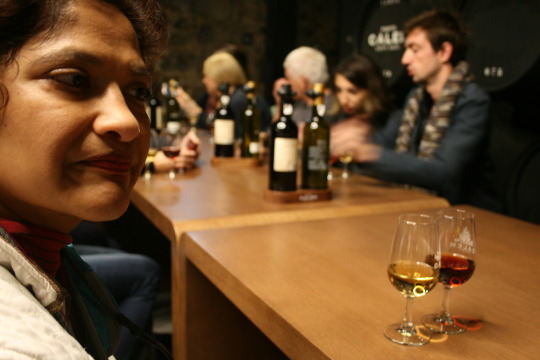
& taste really really really good.
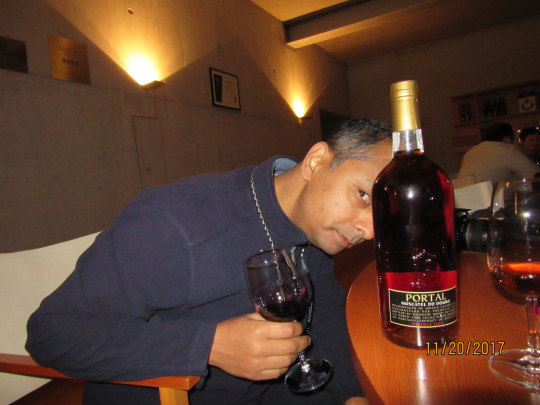
Coimbra
The university town that apparently inspired Harry Potter’s black gowns is actually fairly sober. This is our first view from across the water with main university tower at the top of the hill.
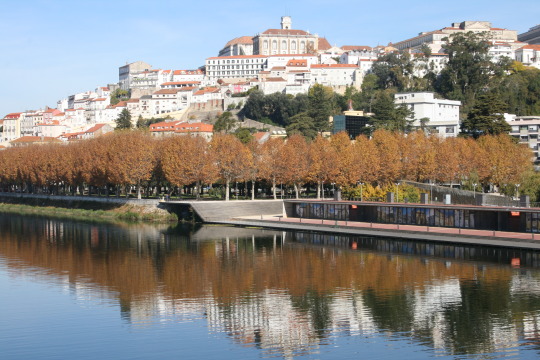
The main town square with the typical pedestrian street leading from it.


The most important church in town is Santa Cruz which also shares space with a café (a converted chapel).
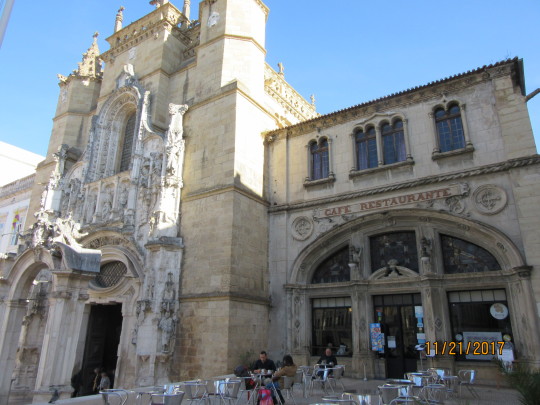

Often local markets give us a good taste and view of how the locals shop.

The route up to the University is through a variety of easy to get lost winding & steep cobbled paths.


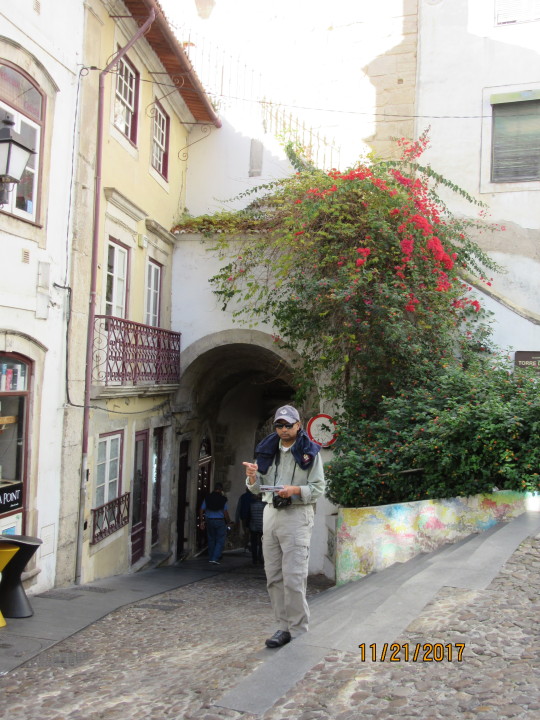
Including running in to these “Harry Potter’s” collecting money to fund their graduation party.

& churches

& interesting sculptures.


before we get to the university...that charges a fee to let tourists in....says something about the need for diverse funding sources.




A gander through the early 18th century Baroque library which was once considered the richest library. Today the rare editions are allowed access through librarians only and no pictures allowed in there.

The main building provides access to various facilities including

auditorium to defend doctoral thesis

arts....


and some fascinating views of the town

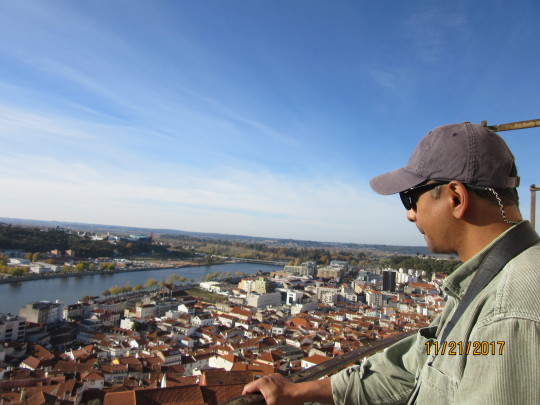

Expectations of cheap tasty eats in a University town were sort of met at Travessa Paço do Conde just around from Coimbra A station. A bottle of a really good house wine cost us ~$3 says something about good things in life are inexpensive.
We stayed at a Quinta in Coimbra to experience the plantation living and it was as expected.
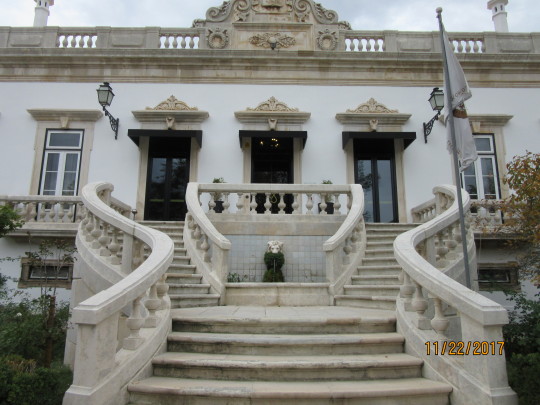
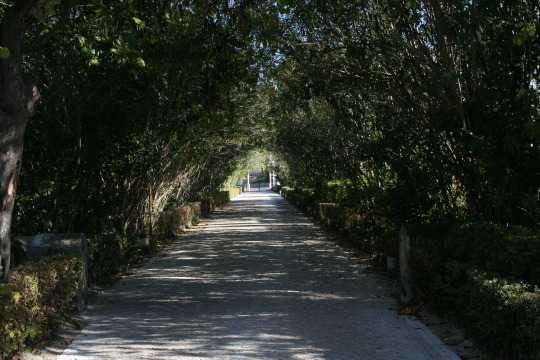
A real nice view of the university from the Quinta from across the river
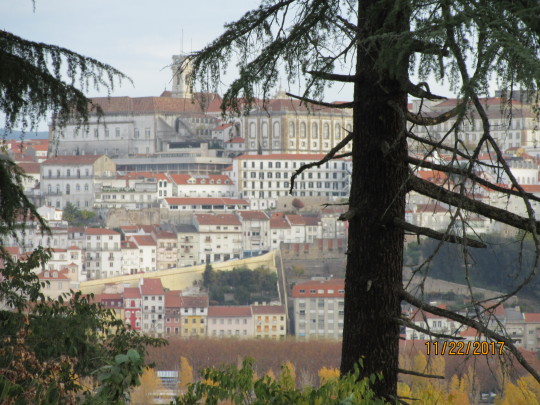
The Quinta holds the legend of Prince Pedro and his bride's lady-in-waiting Inês de Castro who had a forbidden royal love affair for many years, starting in 1340. On the Quinta grounds are a variety of fountains and such that represent the romance of the age.
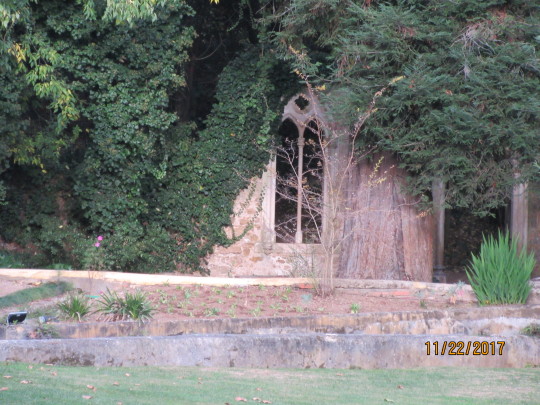
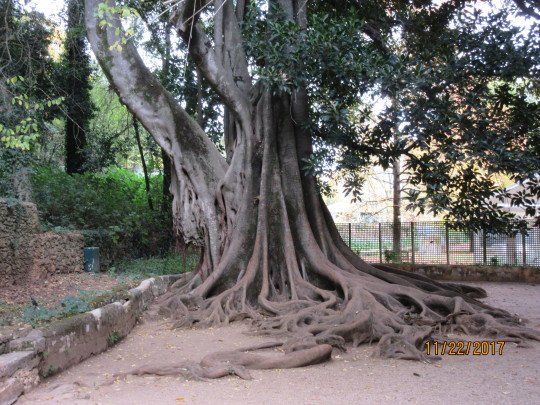

"Fonte das Lágrimas"
The country is full of graffiti, much of it makes it look like it has been taken over by the vagrants, but this one at the station caught my attention.

Lisbon
The capital city is like most European capitals that blends cosy neighborhoods, wide boulevards, 18th & 19th century buildings and the ever so ubiquitous cafe’s that encourage us all to take a load off.

There are plenty of praca’s (large squares) ....



Rossio Square
...largo’s (small squares) peppered around the city.
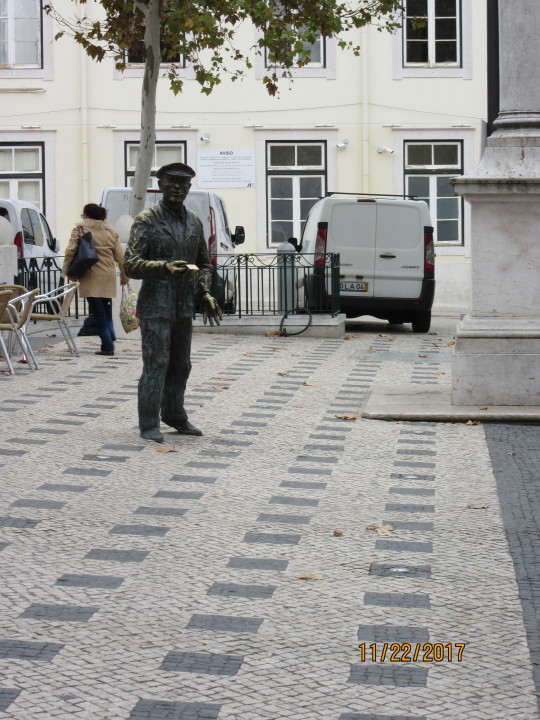

However what was very disappointing but not surprising are the pick-pockets. There are signs of them everywhere...

...& we had our own experiences with this lot...twice. 1st time on this tourist trap of a local Tram 28 that while traverses an excellent route but is packed like a can of sardines that is petri dish for the bad guys.

They have gotten so brazen that they tried to unzip our backpack during the day in an open area setting...
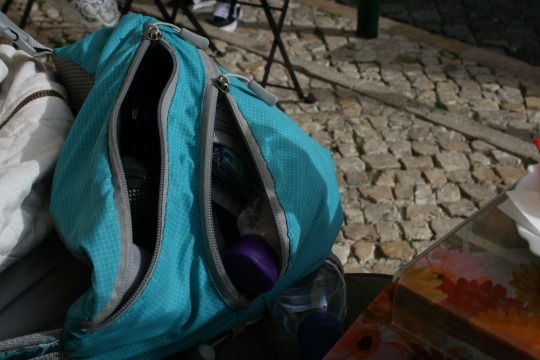
after recovering from that shock I caught them on camera...they dress up like tourists and behave just as lost and duh as the rest.
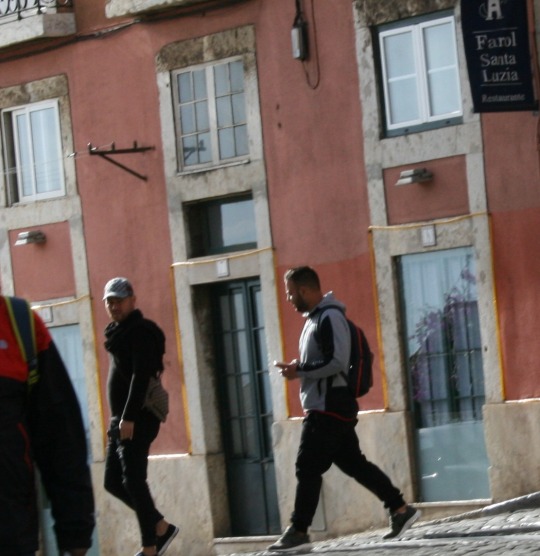
Once you get past this distraction given that the country, people and the wine is so good, Lisbon has other attractions. One of them is the Jerónimos Monastery on the Tagus river in the parish of Belém (a gentrified neighboorhood).



In the cathedral...

... is buried the remains of Vasco da Gama the 16th century explorer who found his way to India vs. that other guy who lost his way to the new world...& still missed it :)

Right across from the monastery is the Padrão dos Descobrimentos (monument of discoveries) a monument that celebrates the Portuguese Age of Discovery with ships departing to explore and trade with India and Orient.

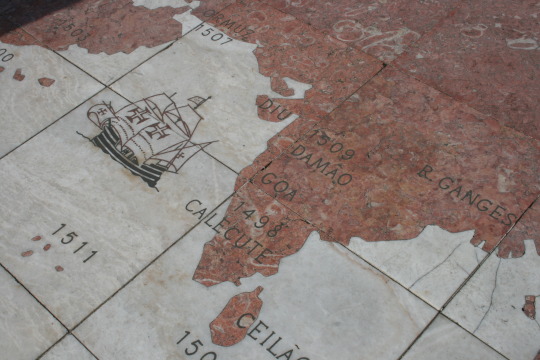
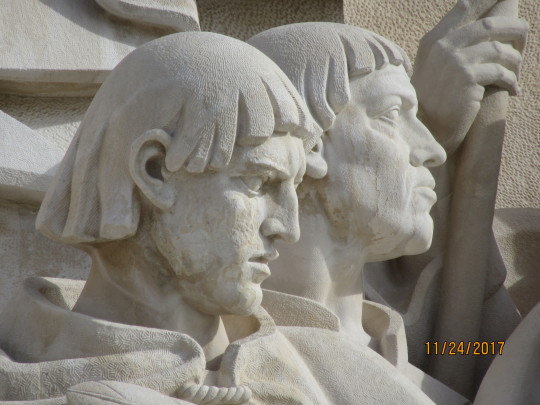
East of this monument is the Belem tower, built apparently to be the last thing Portuguese sailors saw as they sailed in to the horizon.

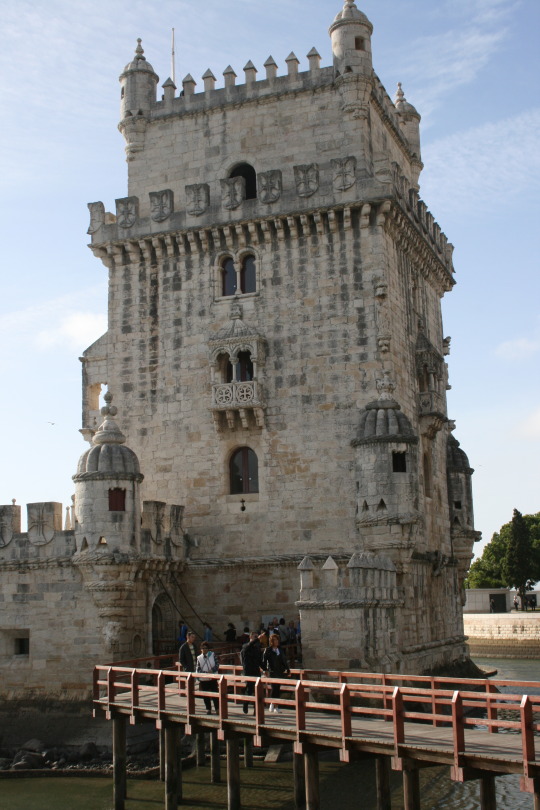
The food scene in Lisbon is a bit of a hit or miss. The custard pies at the Pasteis de Belém are considered the best & we thought that was true both by the taste and the long lines outside.

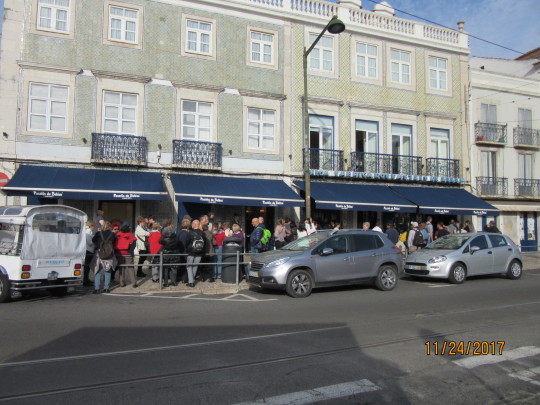
The more modern chef’s come together at this food court in the market with some really tasty creations.

One of the really interesting neighborhoods is Alfama
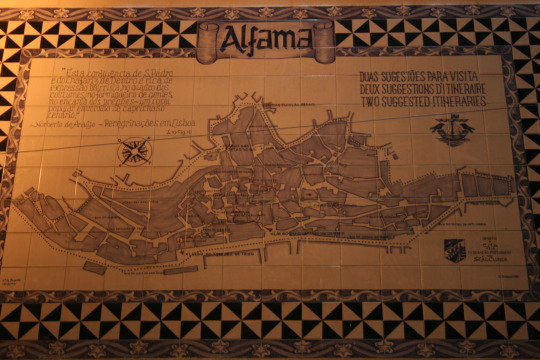
It is full of narrow, curvy, steep and cobbled streets



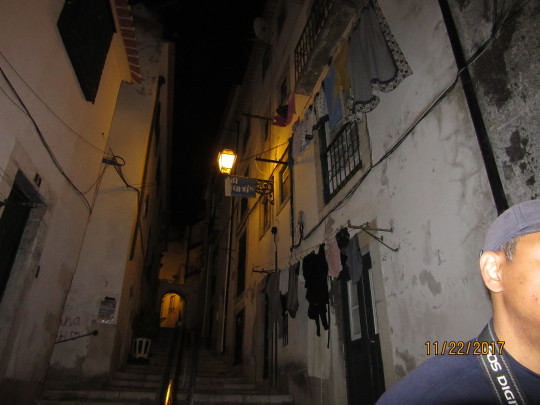
& famous for its Fado

We had the opportunity to listen to some live Fado at Tasca do Jaime d'Alfama which one of the locals said was the better one. What do you know papa sings and mama cooks...cant get any more real.
youtube
youtube
São Jorge Castle sits at top the hill overlooking Lisbon and the Tagus river. While the castle has been reasonably preserved
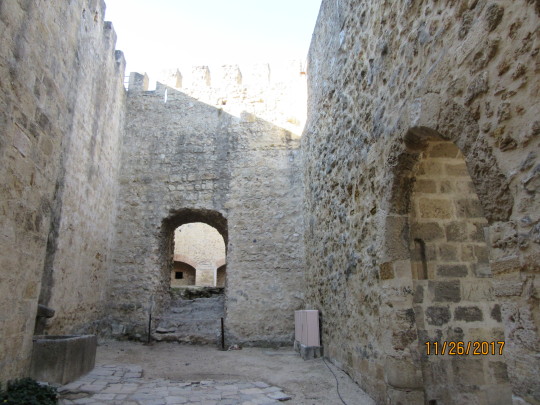
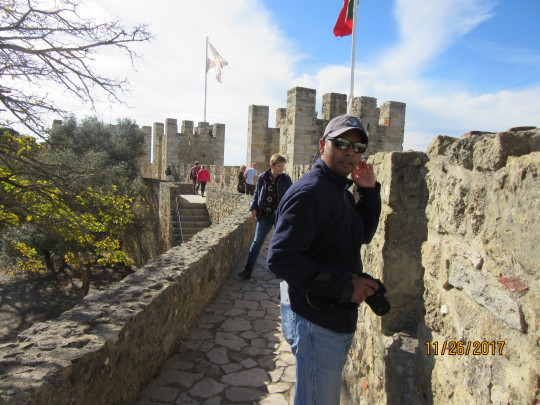

...the sights overlooking the city are brilliant.
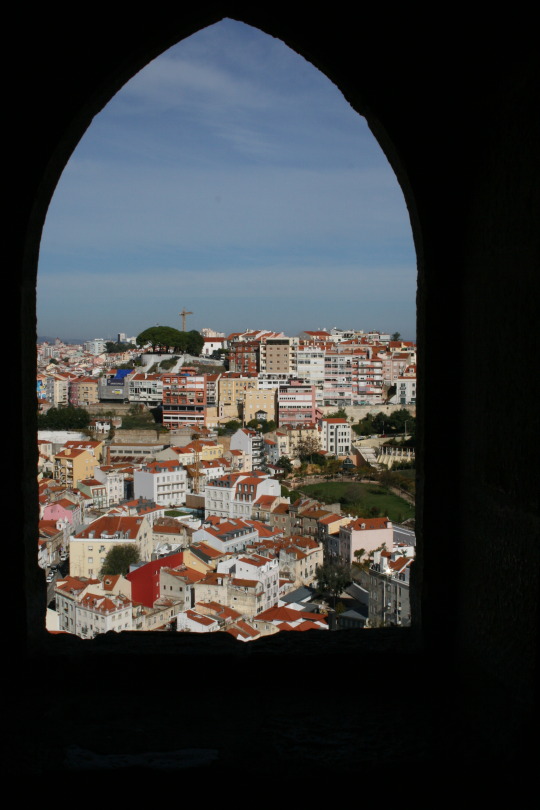

Praça da Liberdade from the castle and the Sanctuary of Christ the King in the distance
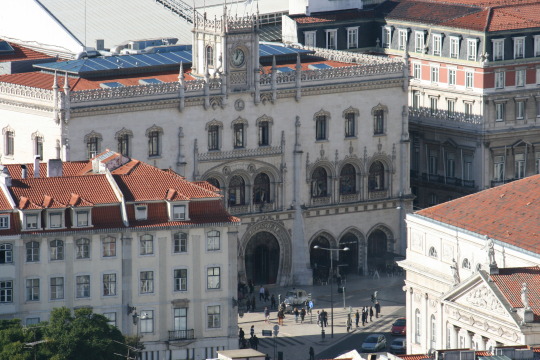
Rossio station
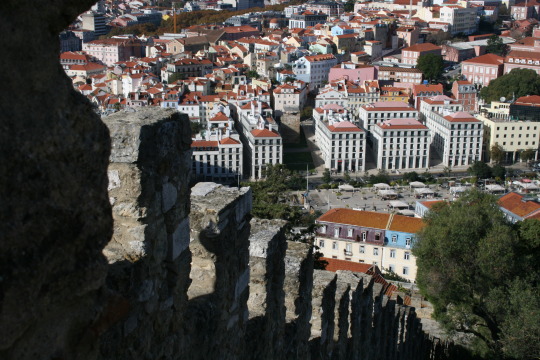


the classic red tiled roofs that caught our attention everywhere in Portugal
Wandering around by foot is the way to check out this town. And as you do that, it fast becomes apparent that its strangely different given its steep streets...

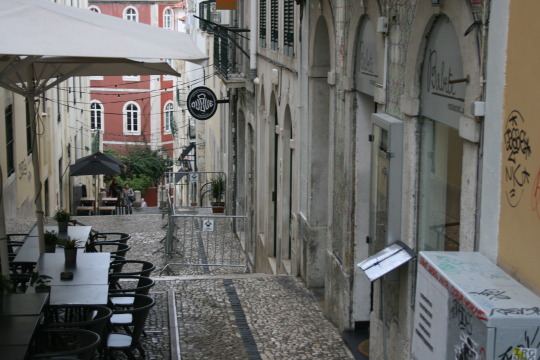


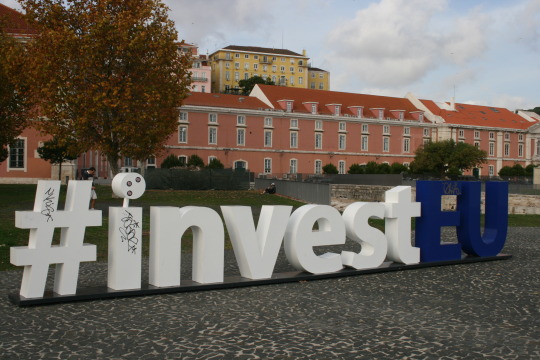



...decorated with graffiti that different folks will describe its relevance in different ways. Me personally feel its a bit of a blotch on the city that is otherwise beautiful.

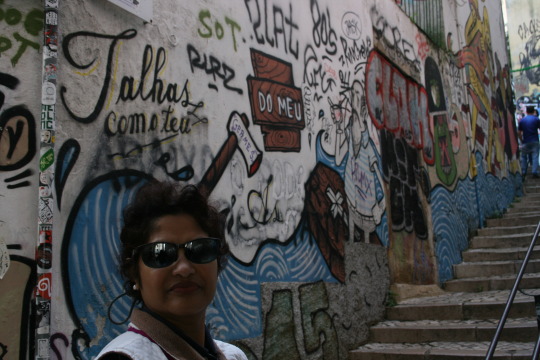

Even Tram’s are not spared from the graffiti artists.


The tiled facades like in Porto are quite catchy though I don’t think 2 dimensional pictures do them justice


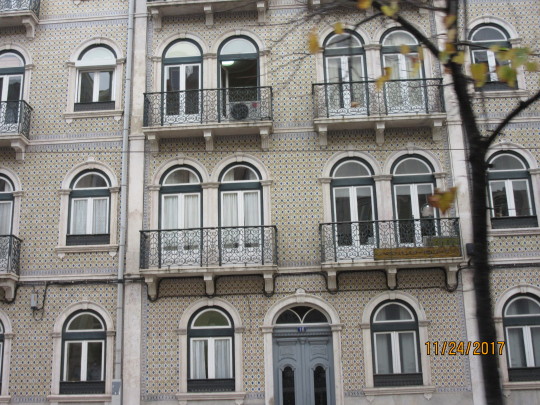
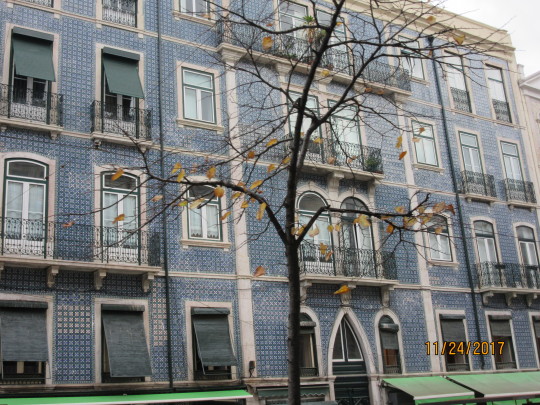
The night life apparently is all the bars in the Bairro Alto area but the town looks nice.



Rossio station

Sintra
About an our north west of Lisbon on the foothills of the Sintra mountain is this little fairytale induced resort town that is a tourist magnet...I am ashamed to have gotten caught in it, but then kinda glad I did as some of these pictures tell.
There are essentially 3 big things in town you are not supposed to leave without seeing, the fairytale based Pena Palace, the Moorish castle and the National Palace.
Most will catch a local bus to get up the hill to the Pena Palace...we chose to hike it up which was fun.
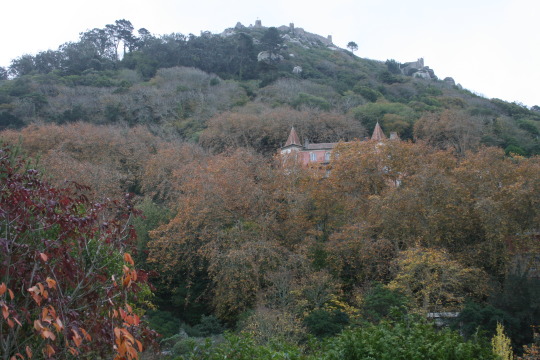
yeah that is where we are headed up above to the castle
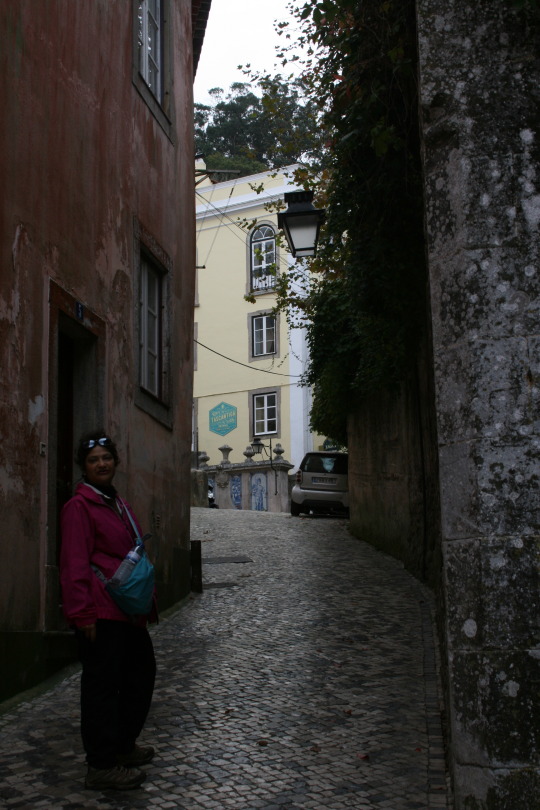



Sintra as we get close to Pena Palace
The Pena Palace is a sight for sure that makes you wonder about the people involved in this “thing”.



The views across the palace would not be advised with anyone with vertigo



The garish colors I imagine was a way to repel enemies? I mean who would want this?
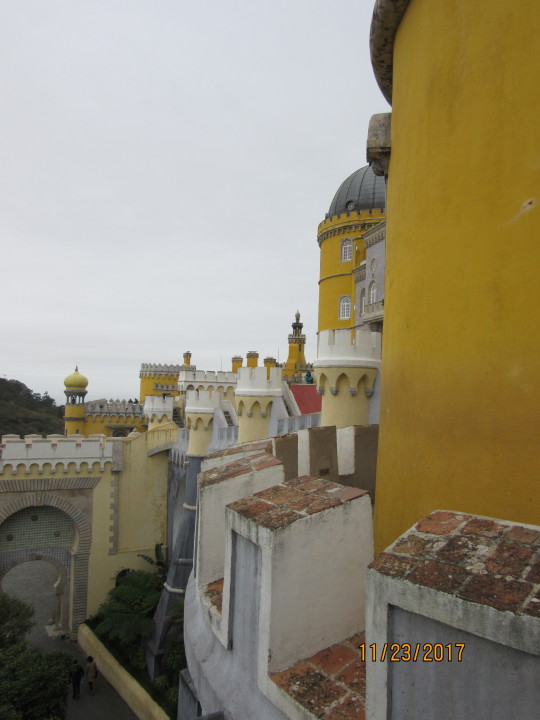
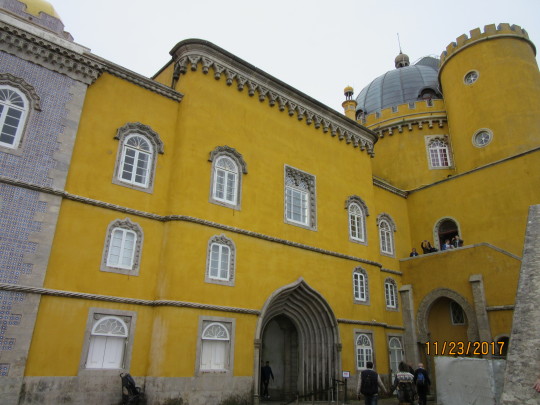

The palace has been reasonably well preserved given it was in use until the early 20th century when Portugal transitioned to a republic in 1910.


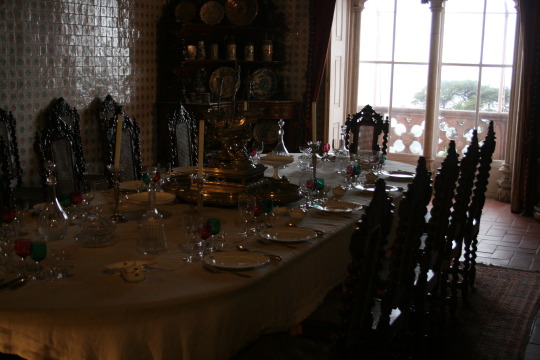
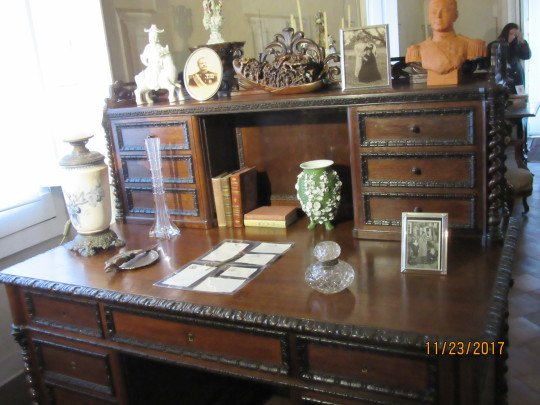

The weather turned on us as a thick fog comes in as a precursor to heavy showers...rains Portugal has been rather desperate for. This makes our short hike to the castle rather spooky.
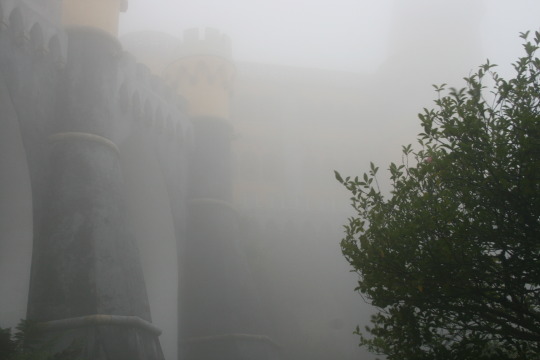
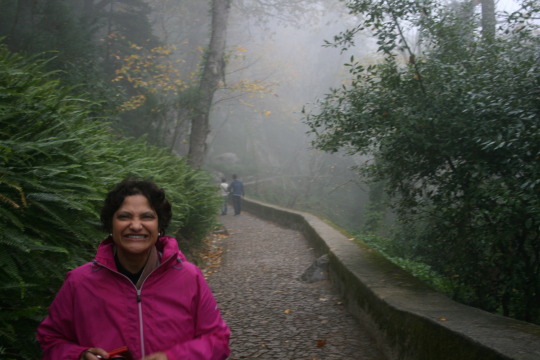

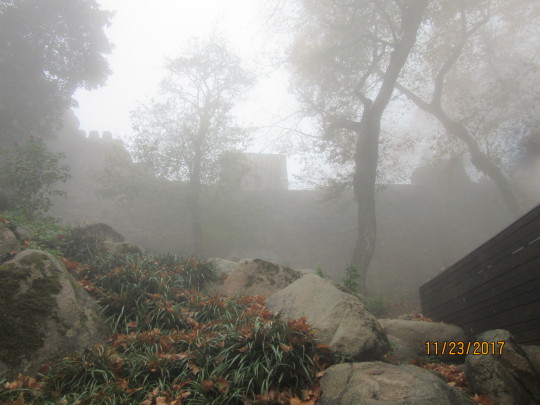
The castle is an 8th century construction by the Moors ....but is now really a pile of rocks...fairly neatly arranged still.





Nothing much to see here folks...moving on to the National Palace which has its genesis to the middle ages of the 10th century. It has changed hands from the Moors to others that ruled Portugal.

It represents architectural styles of the Moors, Goths, Mudejar, Manueline and more.

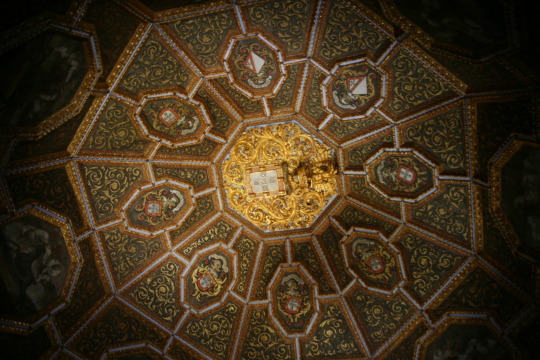
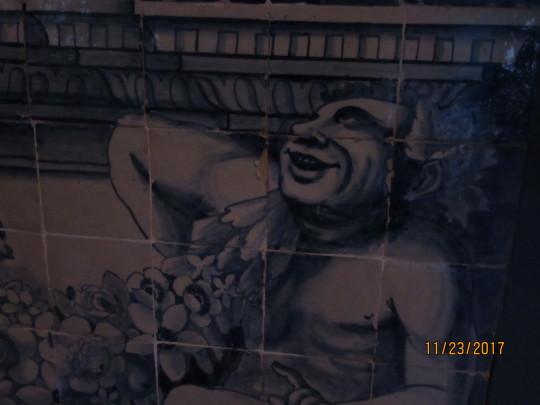

royal kitchen with their two giant chimneys below
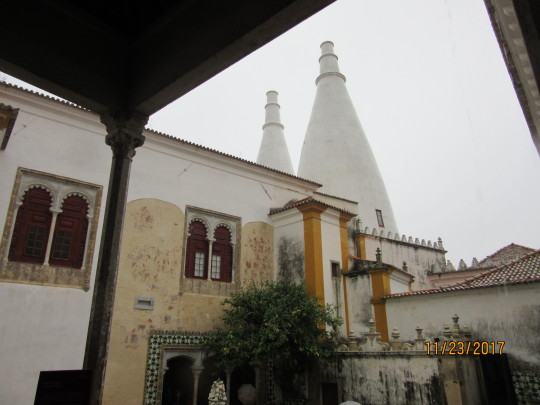


Évora
Another quaint town about 90 minutes east of Lisbon that is the capital of the Alentejo region that makes some pretty good wines. The walled city is really all there is to see with a couple of churches sprinkled in.
The quaintness and the curvy cobbled streets really continue to catch our fancy.



with cute outdoor foyers



The views of the township are nice from the top of the Evora Cathedral
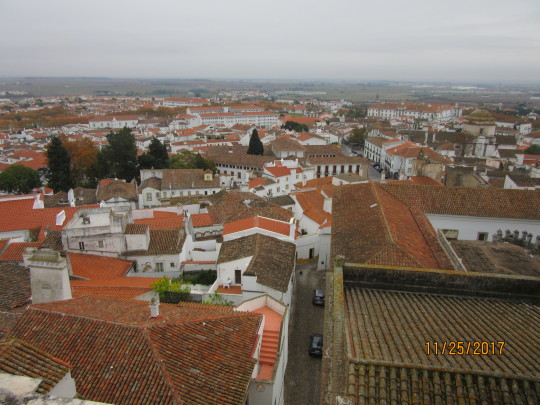

But of most macabre interest is the chapel of bones or Capela dos Ossos. This chapel is actually constructed with human bones and skulls. The story behind this 16th century construction has to do with monks wanting to think about the after life and such other things. Well here now in the 21st century it is a good source of revenue!

"We bones, that are here, for yours await"


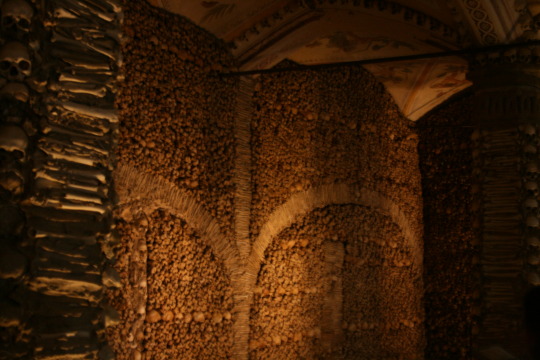
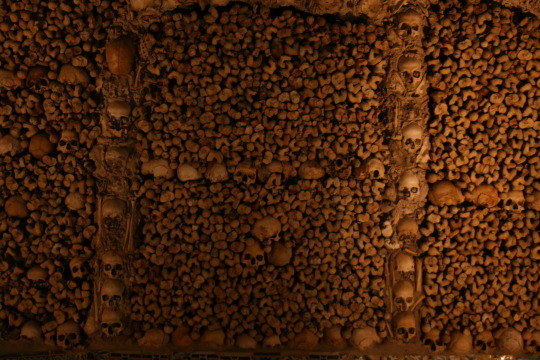
Portugal is a must visit. We enjoyed and will likely go back for a longer stay and possibly explore the south coast.
As we think about that, here are some additional random pictures
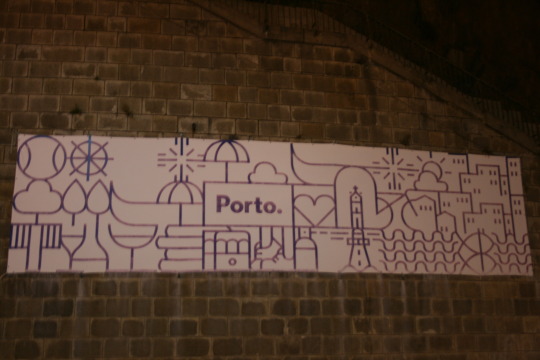




Mosteiro da Serra do Pilar across the river from Porto in Vila Nova de Gaia
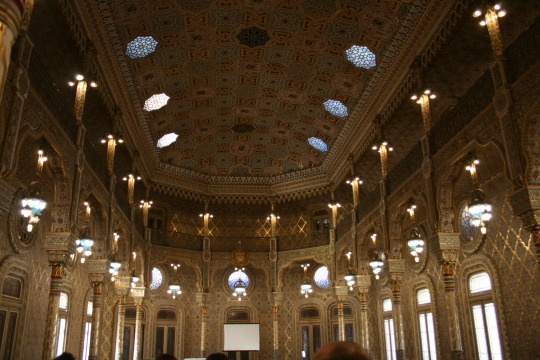
Moorish Revival Arab Room in the Porto stock exchange
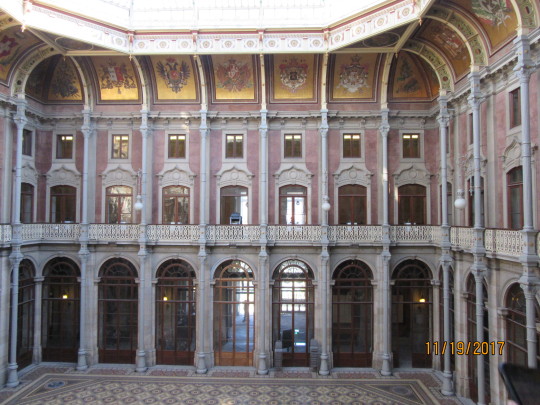
Porto stock exchange that is not in operation anymore
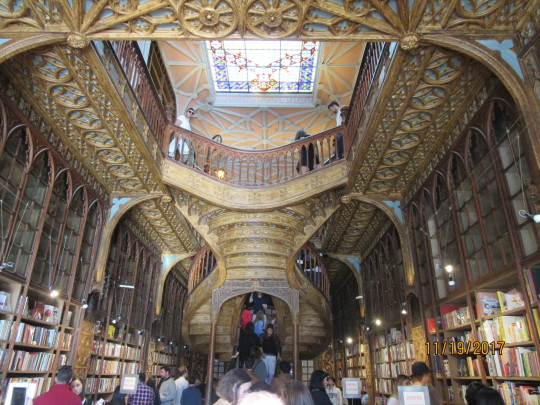
Livraria Lello or Lello bookstore, the oldest book store in the country that is supposedly the inspiration for JK Rawling’s Harry Potter
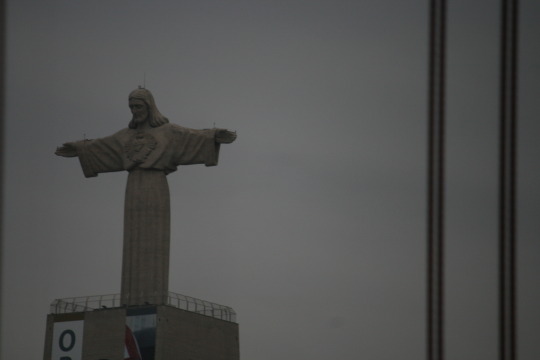
Christ the King overlooking Lisbon at the end of the 25 de Abril Bridge in Almada

A view of Belan tower and monument of discoveries from the 25 de Abril Bridge

cheese


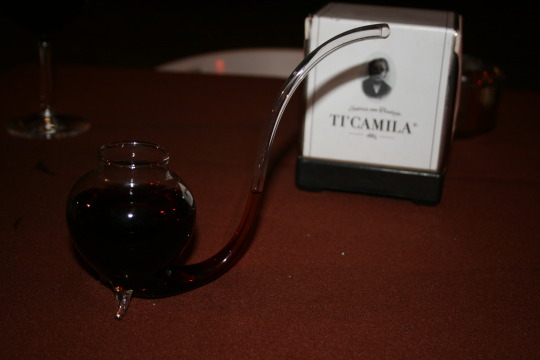
no...the port did not taste any better in this pipe glass

the generational divide? Tech vs. Paper at the station
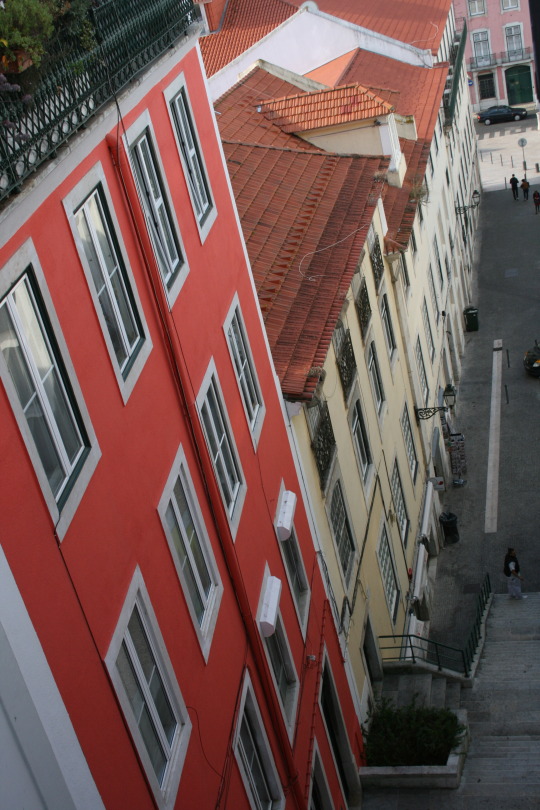

my next ride...if I can fit in



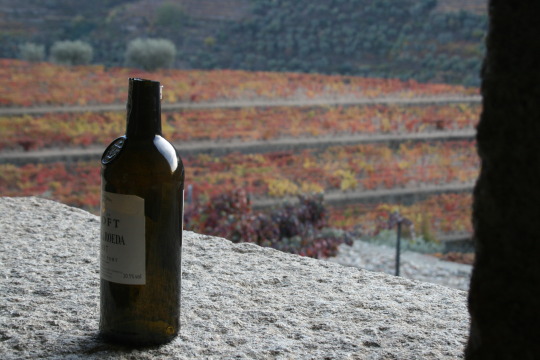

Here are links to my other travelogues
Argentina and Uruguay
Brazil
Costa Rica
Czech Republic, Germany and Austria
Dominican Republic
Ecuador
Egypt and Jordan
Ireland
Italy
Luxembourg, Switzerland, France & Germany
Morocco
Russia, Mongolia, China
Turkey, Jordan, Israel, UAE
Romania & ukraine
0 notes